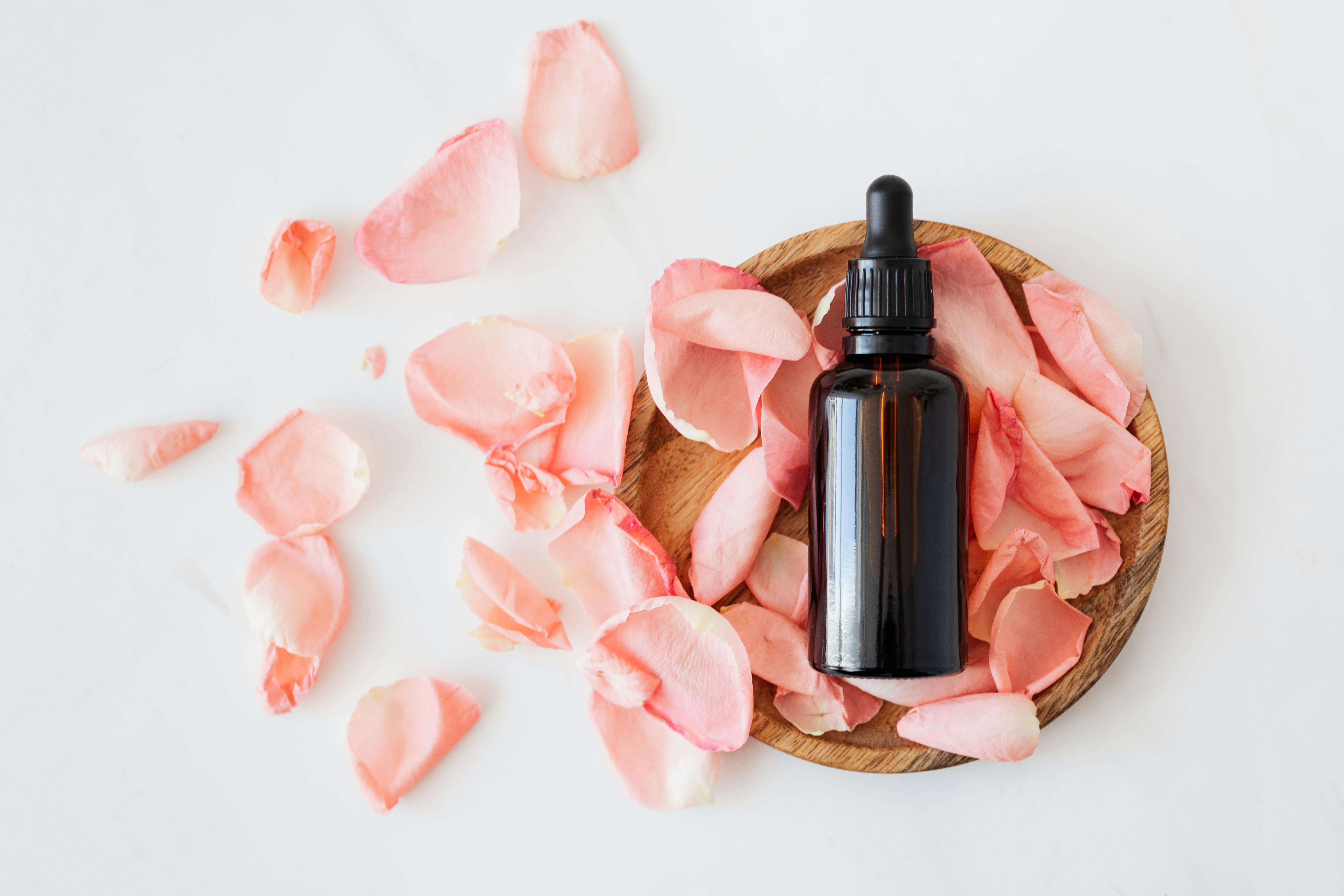Glow With Compassion: Navigating The World Of Cruelty-Free Skincare
In the ever-evolving landscape of beauty and skincare, a significant shift has occurred in recent years – a move towards compassion and ethical practices. The beauty industry, notorious for animal testing and the use of harmful ingredients, is witnessing a transformation with the rise of cruelty-free skincare. This paradigm shift not only reflects changing consumer values but also emphasizes the importance of a harmonious relationship between beauty and ethical responsibility.
In this exploration of the world of cruelty-free skincare, we delve into its origins, principles, and the growing movement that advocates for a kinder, more conscientious approach to self-care.
The Genesis of Cruelty-Free Skincare
The roots of cruelty-free skincare can be traced back to the late 20th century when concerns about animal testing began to gain prominence. The 1980s witnessed a surge in awareness about the ethical implications of subjecting animals to cosmetic testing, leading to the birth of the cruelty-free movement. Organizations like People for the Ethical Treatment of Animals (PETA) played a pivotal role in advocating for cruelty-free practices and raising awareness about the impact of conventional beauty industry practices on animals.

Driven by a desire to align personal values with consumer choices, individuals started seeking alternatives to products tested on animals. This marked the beginning of a revolution that has since gained momentum and reshaped the skincare industry.
Defining Cruelty-Free Skincare
Cruelty-free skincare refers to products that are developed and produced without any form of animal testing. This includes both the final product and its individual ingredients. The commitment to cruelty-free practices extends beyond avoiding animal testing; it encompasses a broader ethical stance that prioritizes the well-being of all living beings.
To be considered truly cruelty-free, a brand must ensure that its entire supply chain, from ingredient sourcing to manufacturing and distribution, adheres to ethical standards. This commitment often involves partnering with cruelty-free suppliers, conducting thorough research on ingredient sources, and obtaining certifications from recognized cruelty-free organizations.
Cruelty-Free Certifications: A Guide for Consumers
As the demand for cruelty-free skincare grows, the need for transparent and standardized labeling becomes crucial. To assist consumers in making informed choices, various cruelty-free certifications have emerged. These certifications, granted by independent organizations, verify a brand's commitment to cruelty-free practices.
Leaping Bunny, established by the Coalition for Consumer Information on Cosmetics (CCIC), is one of the most widely recognized cruelty-free certifications. To earn the Leaping Bunny logo, a brand must adhere to a strict set of criteria, ensuring that neither the finished product nor its ingredients have been tested on animals. The Leaping Bunny certification extends to cover every aspect of a brand's operations, offering consumers a comprehensive guarantee of cruelty-free practices.
Other notable certifications include PETA's Beauty Without Bunnies and Choose Cruelty-Free. Each certification comes with its own set of criteria, but all share a common goal – to empower consumers to make ethical choices in their skincare routines.
The Ethical Consumer: Driving Change in the Beauty Industry
The surge in interest and demand for cruelty-free skincare can be attributed to the ethical consumer – an individual who considers the impact of their purchasing decisions on animals, the environment, and society. As consumers become more conscious of the consequences of their choices, brands are compelled to adapt to this shift in values.

The ethical consumer is not merely seeking a product; they are endorsing a philosophy. This mindset has influenced the beauty industry to reevaluate its practices and embrace cruelty-free alternatives. Brands that align with the principles of compassion and sustainability are gaining favor, not only for their ethical stance but also for the quality and efficacy of their products.
Challenges and Misconceptions
While the cruelty-free movement has made significant strides, it faces its fair share of challenges and misconceptions. One common misconception is that cruelty-free products are less effective or luxurious than their conventional counterparts. In reality, many cruelty-free brands prioritize innovation and quality, debunking the myth that ethical choices compromise product performance.
Another challenge is the lack of a universal definition for "cruelty-free." The absence of standardized regulations can lead to confusion, with some brands making ambiguous claims without providing transparent evidence of their cruelty-free status. To address this, consumers are encouraged to rely on reputable certifications and conduct thorough research before making a purchase.
The Cruelty-Free Skincare Arsenal: Ingredients to Look For
Cruelty-free skincare is not just about what a product doesn't contain (i.e., animal-derived ingredients); it's also about the conscious choice of ingredients that prioritize both efficacy and ethical considerations. As consumers navigate the world of cruelty-free skincare, certain ingredients stand out for their efficacy and ethical sourcing.
- Plant-Based Ingredients: Many cruelty-free skincare products leverage the power of botanical extracts, essential oils, and plant-derived actives. These ingredients not only offer a wealth of benefits for the skin but also align with the cruelty-free philosophy.
- Vegan Formulas: Vegan skincare goes hand-in-hand with cruelty-free principles. Vegan products exclude animal-derived ingredients, appealing to those seeking a completely plant-based approach to skincare.
- Ethically Sourced Ingredients: Beyond avoiding animal testing, cruelty-free brands often prioritize ethically sourced ingredients. This includes ensuring fair labor practices, environmentally sustainable sourcing, and supporting local communities.
- Alternative Testing Methods: The forefront of cruelty-free skincare is marked by innovation in testing methods. Brands are exploring alternatives such as in vitro testing, 3D skin models, and computer simulations to ensure the safety and efficacy of their products without resorting to animal testing.
The Environmental Impact of Cruelty-Free Skincare
The ethical considerations of cruelty-free skincare extend beyond the realm of animal welfare to encompass environmental sustainability. Many cruelty-free brands are cognizant of the environmental impact of their operations and strive to minimize their carbon footprint.
Packaging is a key area of focus, with an increasing number of cruelty-free brands adopting eco-friendly and recyclable materials. From biodegradable containers to minimalist packaging, these initiatives contribute to reducing the environmental impact of the beauty industry.
Furthermore, cruelty-free skincare often aligns with clean beauty principles, avoiding harmful chemicals and synthetic additives that can harm both the skin and the environment. The intersection of cruelty-free and clean beauty creates a holistic approach to skincare that benefits the consumer, the planet, and its inhabitants.
The Future of Cruelty-Free Skincare
As the cruelty-free skincare movement gains momentum, its impact reverberates through the beauty industry, signaling a new era of conscientious consumerism. The future of cruelty-free skincare holds exciting possibilities, driven by technological advancements, increased consumer awareness, and a growing emphasis on sustainability.
- Technological Innovations: The development and adoption of alternative testing methods will continue to advance, rendering traditional animal testing obsolete. Technological innovations, such as organ-on-a-chip models and artificial intelligence simulations, offer promising avenues for ensuring the safety and efficacy of skincare products without compromising ethical principles.
- Global Advocacy and Regulations: The push for cruelty-free practices is not limited to individual consumers and brands. Governments and international bodies are recognizing the importance of animal welfare in the beauty industry. The implementation of regulations and the adoption of cruelty-free standards on a global scale will further solidify the commitment to ethical skincare practices.
- Education and Awareness: Education is a powerful catalyst for change. As consumers become more informed about the impact of their choices, the demand for cruelty-free skincare will continue to rise. Brands, in turn, will be motivated to embrace ethical practices, contributing to a positive feedback loop of awareness and action.

